
How monumental can a tiny object be? A five-gram rupee coin can be quite the storyteller, we’ve found. The study of coins or numismatics has been crucial in the reconstruction of many histories. Take the Indo-Greeks, for example. We know of their dominant presence around the Hindu Kush region, boasting a lineage of more than 35 rulers, thanks to the evidence of Indo-Greek coinage found by archaeologists. These small artefacts serve as chief sources of information. More than any other material object, coins help us map dynasties, political connections, religious and socio-cultural affiliations and, of course, fallen economies. Think about it, the story of Alexander the Great’s invasion would have been mere myth without coins!
In our exploration of Sarmaya’s ever-growing numismatics collection, we discovered entire universes within a single coin. From a collection of about 3,000 coins, we picked a set of 12 for this virtual experience to give you a sense of the diverse numismatic traces left in the Indian subcontinent. This selection spans the period between 4th century BC and 1858 AD and tells tales of urbanisation, trade activity and the rise and fall of empires. All these coins are silver, one of the oldest money-metals in India. Due to its sporadic availability and a scarcity of native deposits, silver was initially mined and imported from neighboring regions for use in coin production and distribution. It was this rise in the demand that led to increased mining of silver in India.
Each coin in this chronological sequence tells a separate and specific story. Each works as a peephole to a different part or era of the Subcontinent. You’ll encounter a fierce Muslim 13th-century queen who minted coins against her opposition. You’ll witness innovation in the form of a folded coin from Iran, which found itself a mint in the Malabar. You’ll see how power can show itself through poetry, as the couplets of Jahangir inscribed on his coins show us. Seen through the lens of just one metal, we bring you not just a historical and political view of our country, but also a measure of its artistic legacies.
Curated by Diksha Ahire and Kuhu Kopariha
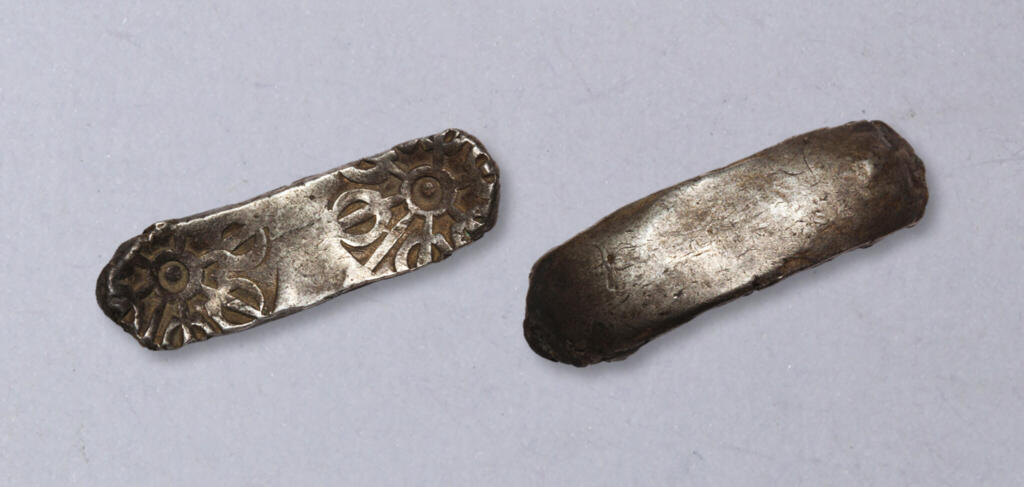
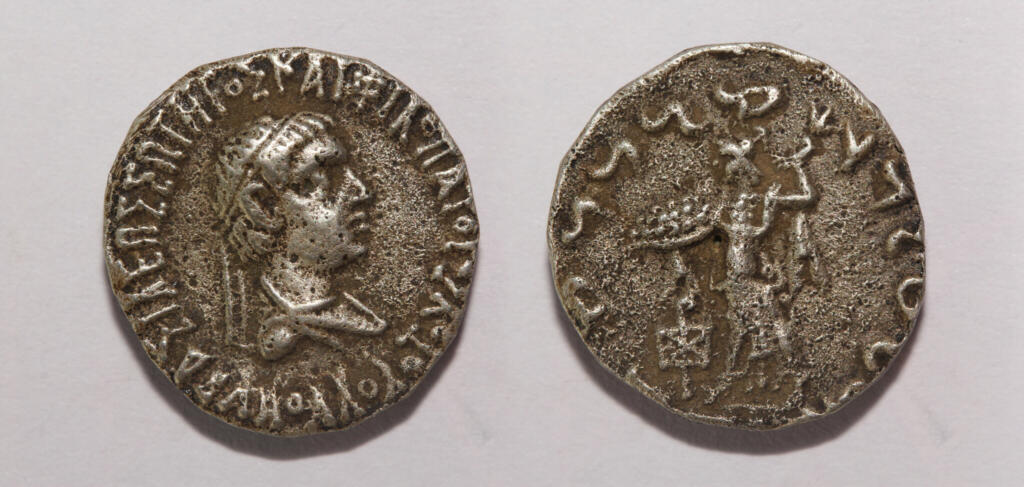
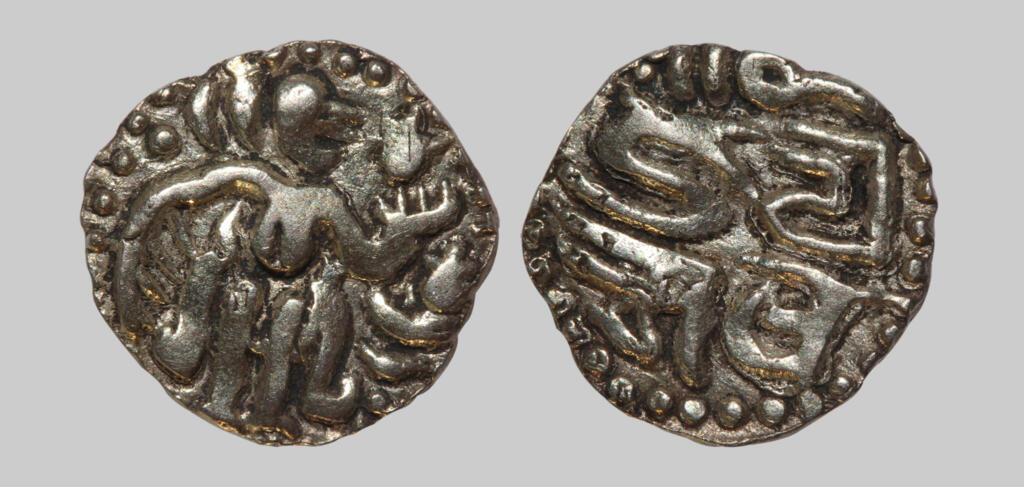



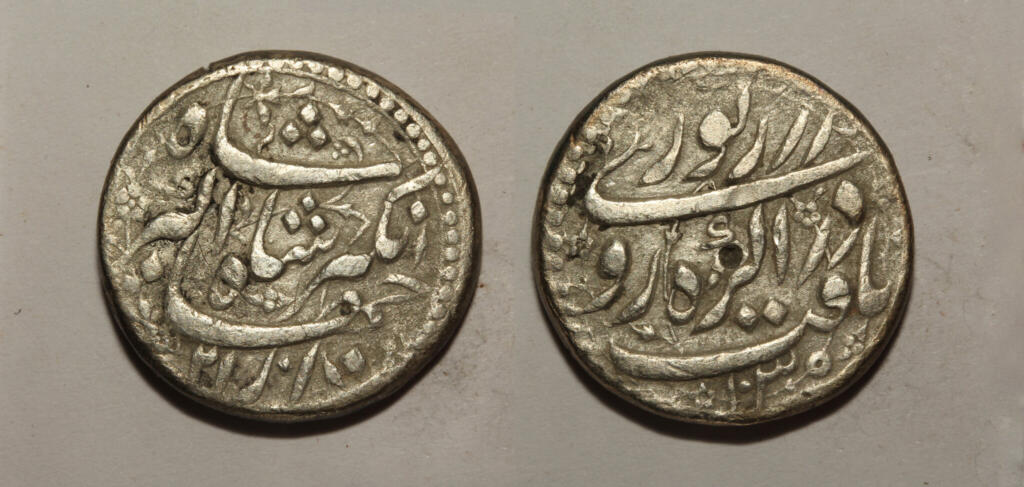

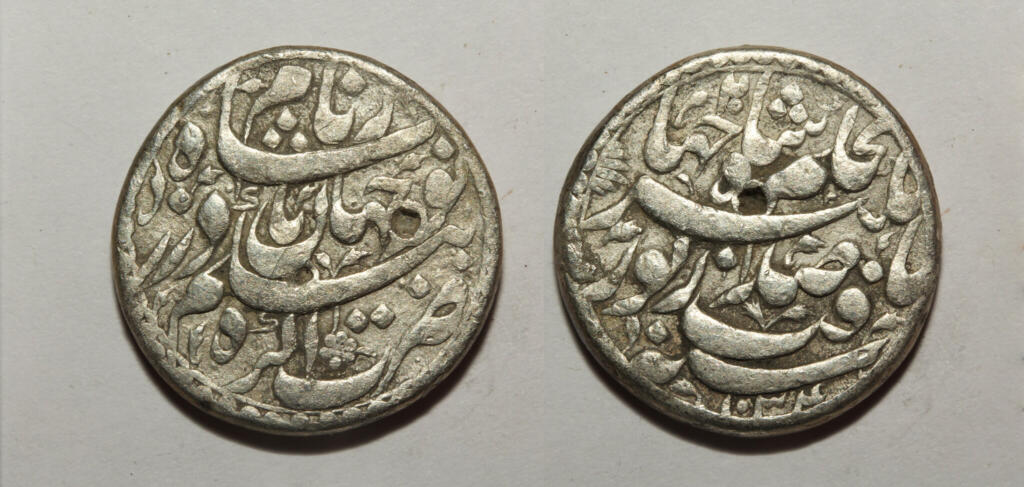

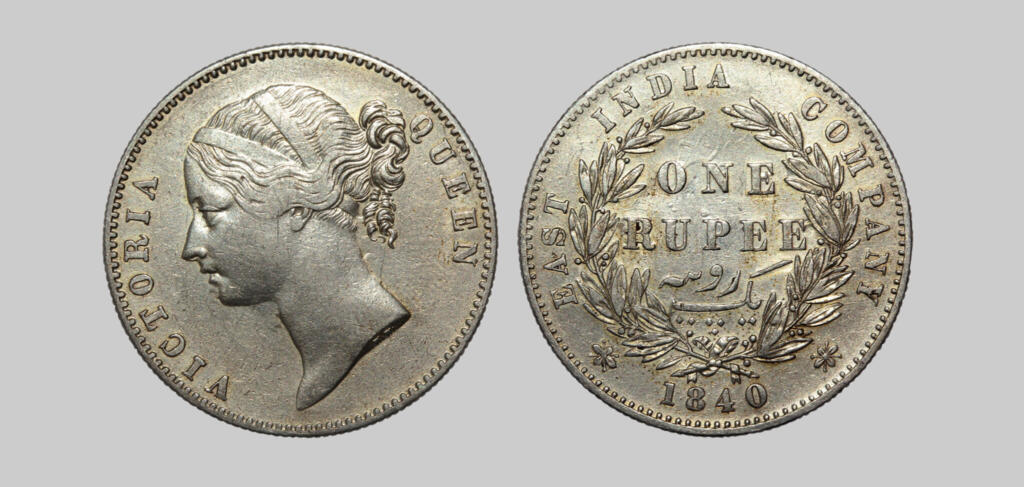
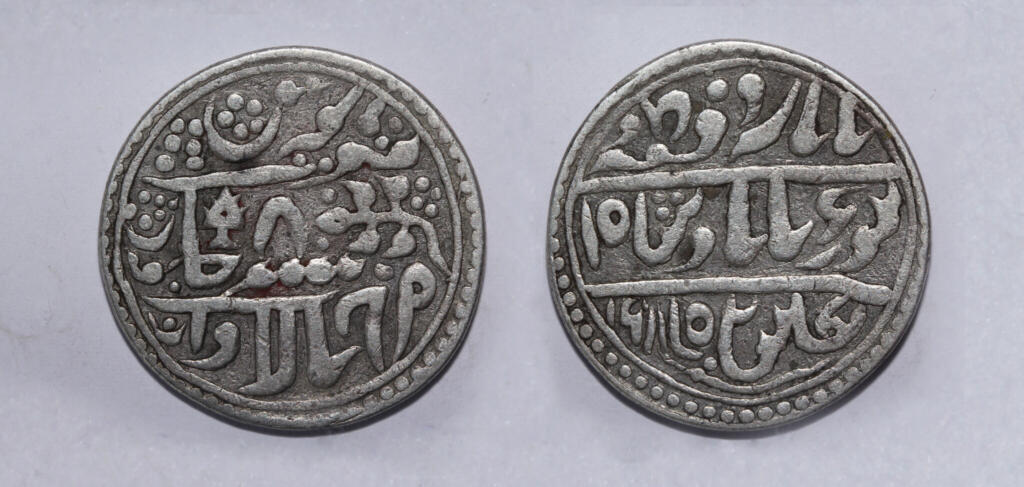
The illustration of coins are clearly explained.